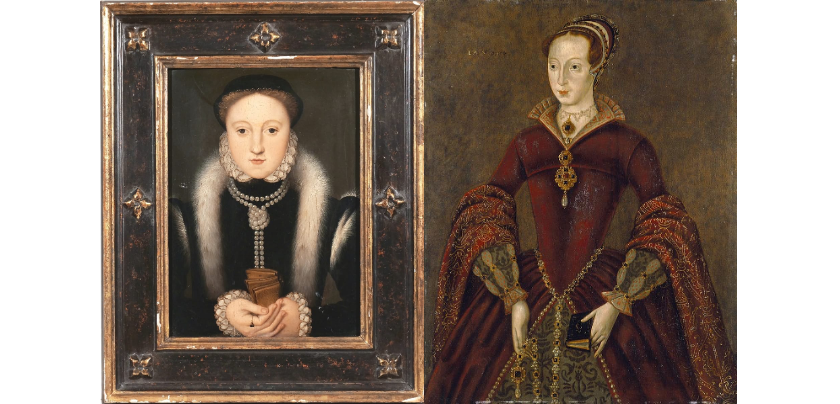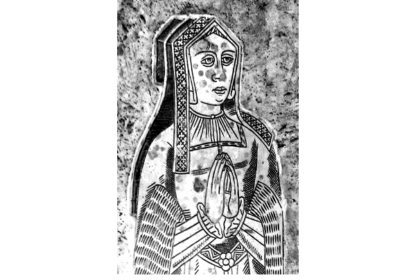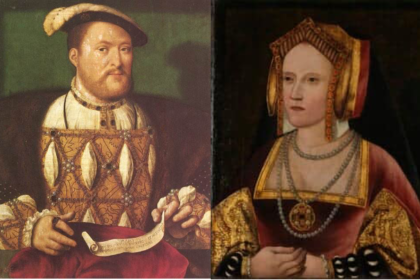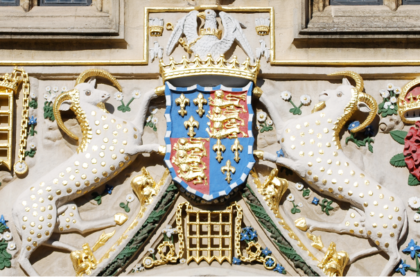In 1559, John Aylmer, humanist scholar and Protestant cleric, who would later go on to become the bishop of London, wrote an impassioned defence of Elizabeth I’s ascension to the throne of England. The book, entitled ‘An Harborowe for Faithfull and Trewe Subjects,’ was written in response to John Knox’s ‘Blast against the Monstrous Regiment of Women.’
One section of the book is particularly interesting, as it seems to illuminate the characters of and relationship between the then Lady Elizabeth and Lady Jane Grey. Reflecting back on a conversation that took place Jane and an unnamed woman during Edward VI’s reign, Aylmer wrote:
‘I was sure that her (Elizabeth’s) maidenly apparel, which she used in Kyng Edwardes tyme, made the noblemens daughters and wyves to be ashamed to be drest and paynted lyke pecockes, being more moved with hir most vertuous example: than with all that ever Paule and Peter wrote touching that matter. Yea this I know that a great mans daughter (Lady Jane), receavings from Ladye Marye before she was Quene, goodly apparel of tynsyll, cloth of golde, and velvet, layd on whith parchment lace of gold: when she sawe it, sayde, what shal I doo with it? Marry said a gentlewoman weare it. Nay quoth she, that were a shame to followe my lady Mary against Gods woorde and leave my Lady Elyzabaeth, whiche foloweth Gods woorde’
The passage paints a portrait of Elizabeth as sombre and humble, a paragon of Protestant womanhood, who young Jane looked up to and sought to emulate.
As Jane’s former tutor, Aylmer was placed to know such details about Jane, so it is possible that the passage reflects Jane’s true feelings. We certainly know that Elizabeth went through a period of plain dress following the Seymour scandal, in order to scotch rumours of loose behaviour on her part. And Elizabeth and Jane would have known each other fairly well from their time in Catherine Parr’s household.
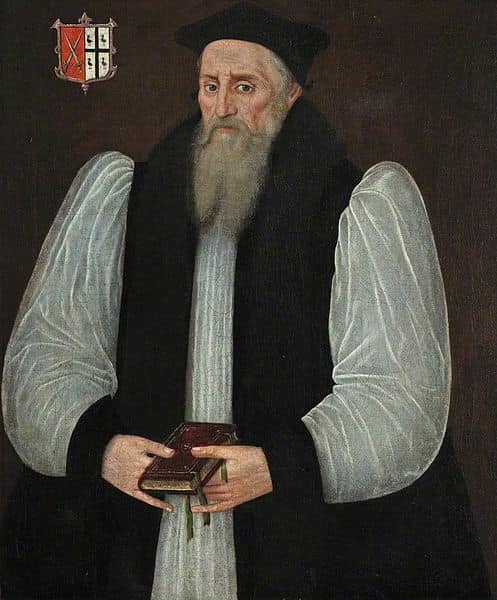
However, we must remember the context this was written in; Elizabeth was queen, so it was necessary to flatter and praise her, particularly in contrast with her sister. This anecdote may have been pure invention, created to flatter the Queen and perhaps prompt her to continue to be a good Protestant, in dress and behaviour – of course, we know that Elizabeth as queen enjoyed extravagant dress, in stark contrast to her former wardrobe.
Nevertheless, what this passage does demonstrate is that in people’s minds, at least, there was a connection between these two Protestant Tudor women. Whether Jane did look to Elizabeth as a source of inspiration cannot be corroborated; sadly, surviving source materials reveal little about their relationship. But they shared much in common: their age and gender; their religion; their education and scholarship; and their proximity to the throne, which ultimately cost Jane her life, a fate Elizabeth came very close to sharing.
Header images:
Portrait of Elizabeth by an unknown artist, c.1555
Portrait possibly of Lady Jane Grey, believed to be late 16th century copy of a lost original, by an unknown artist

